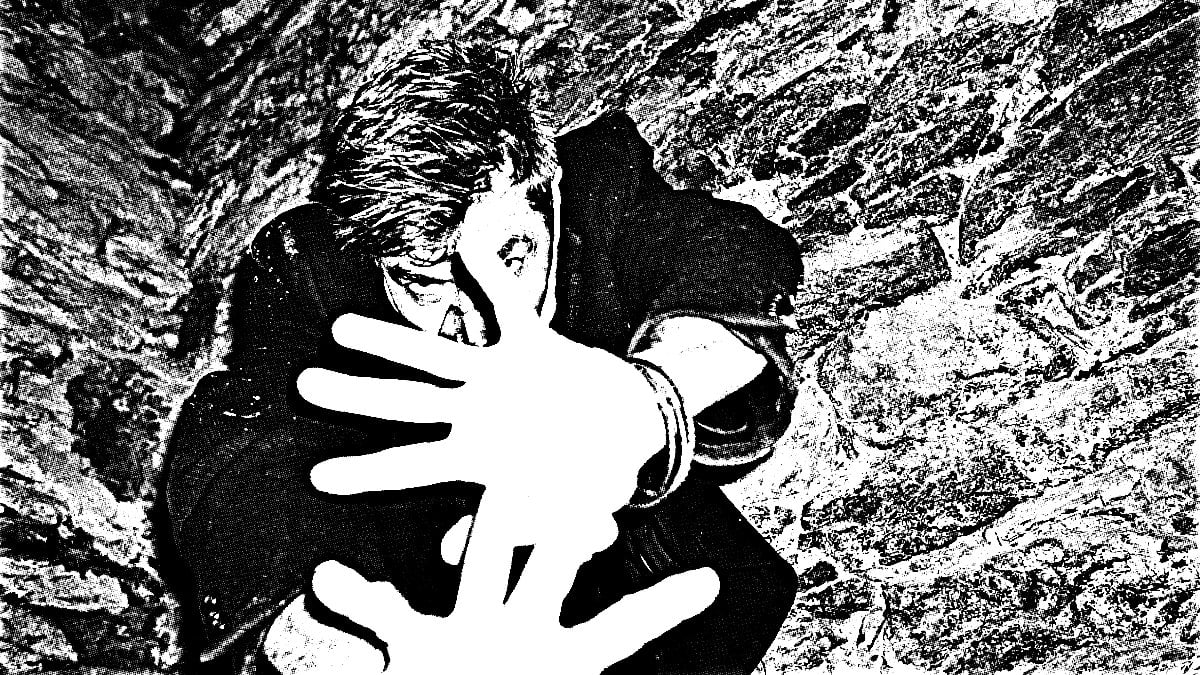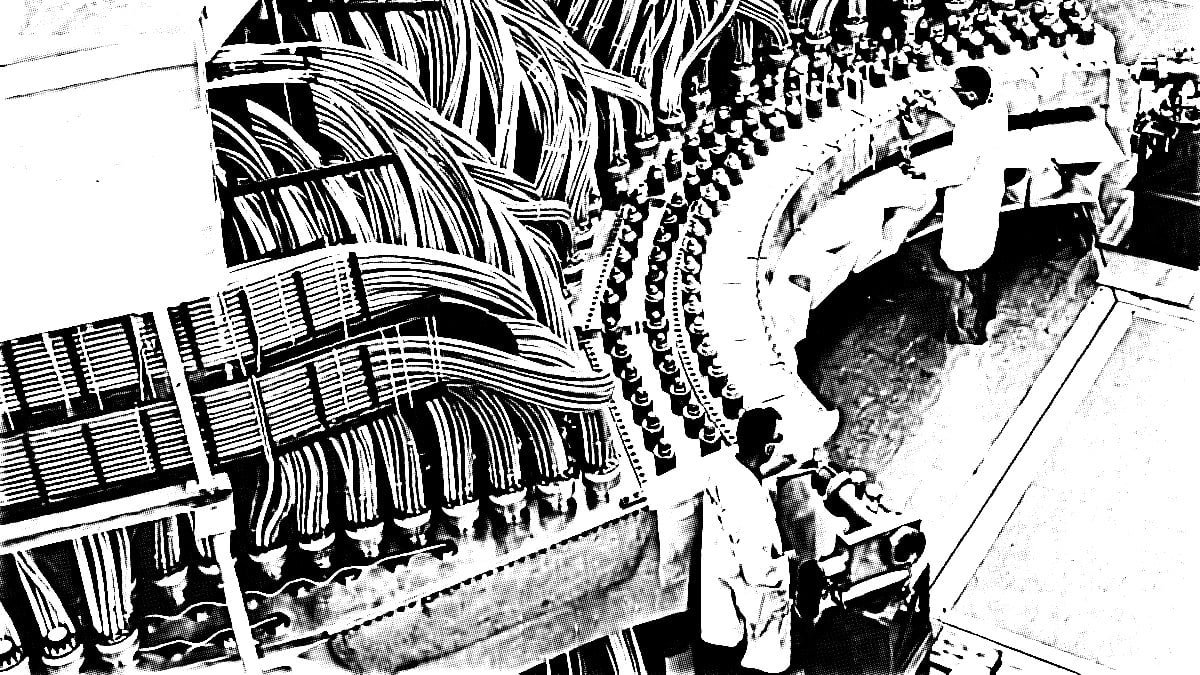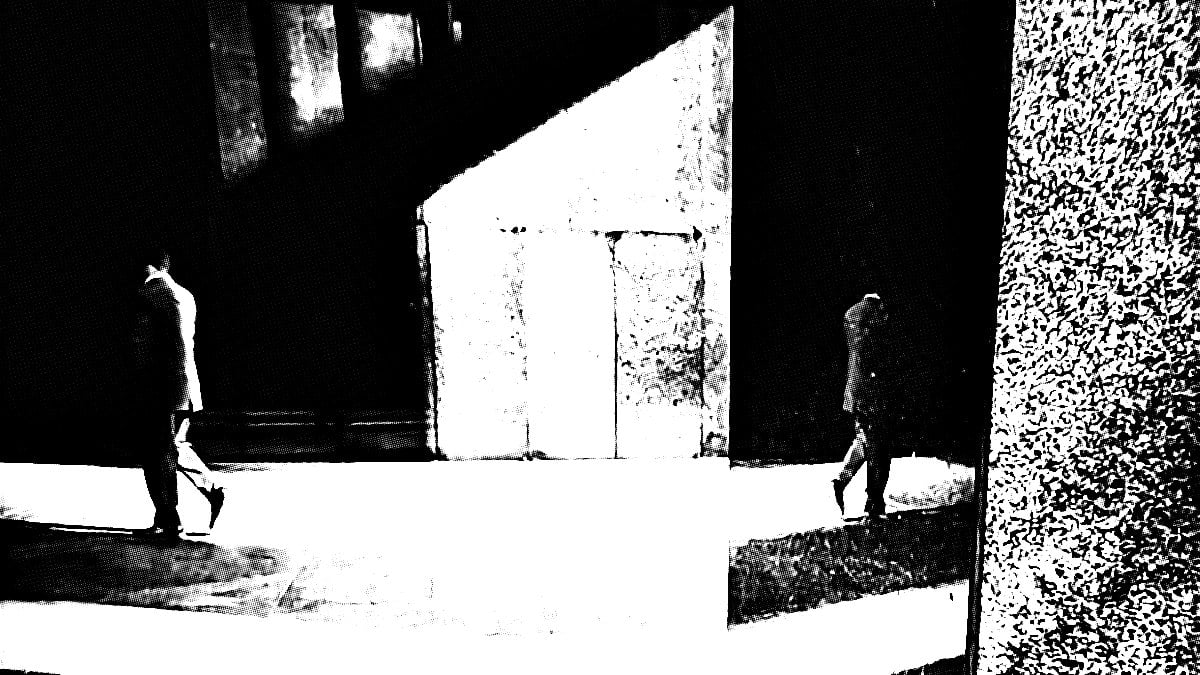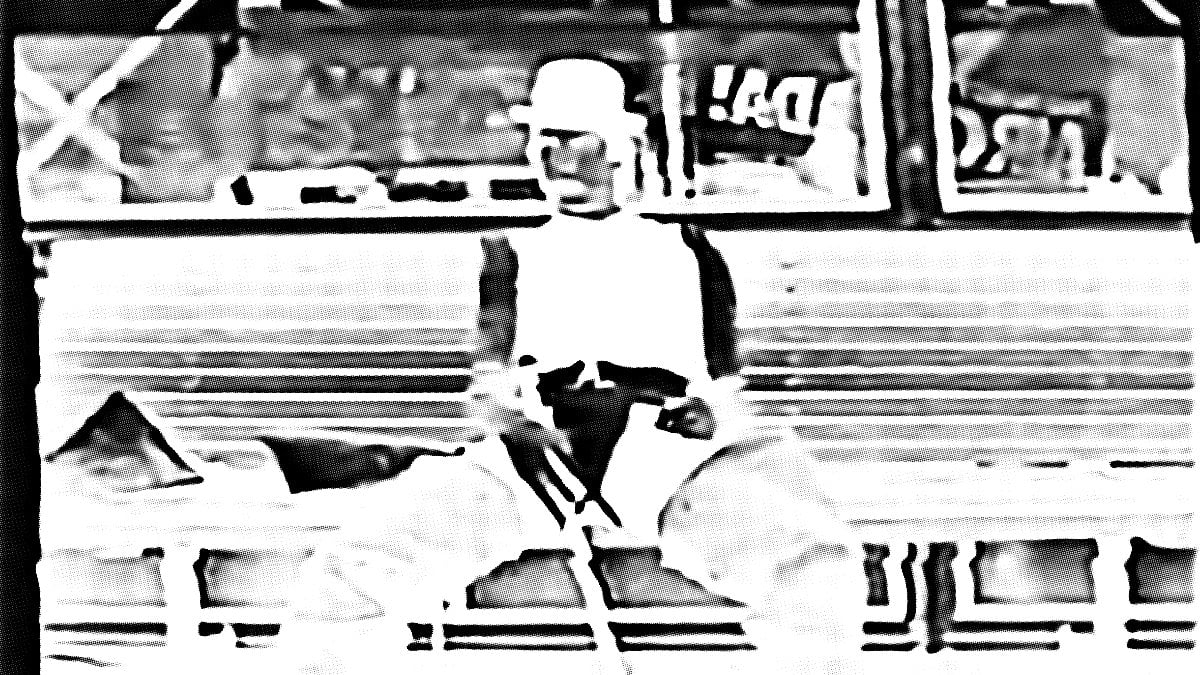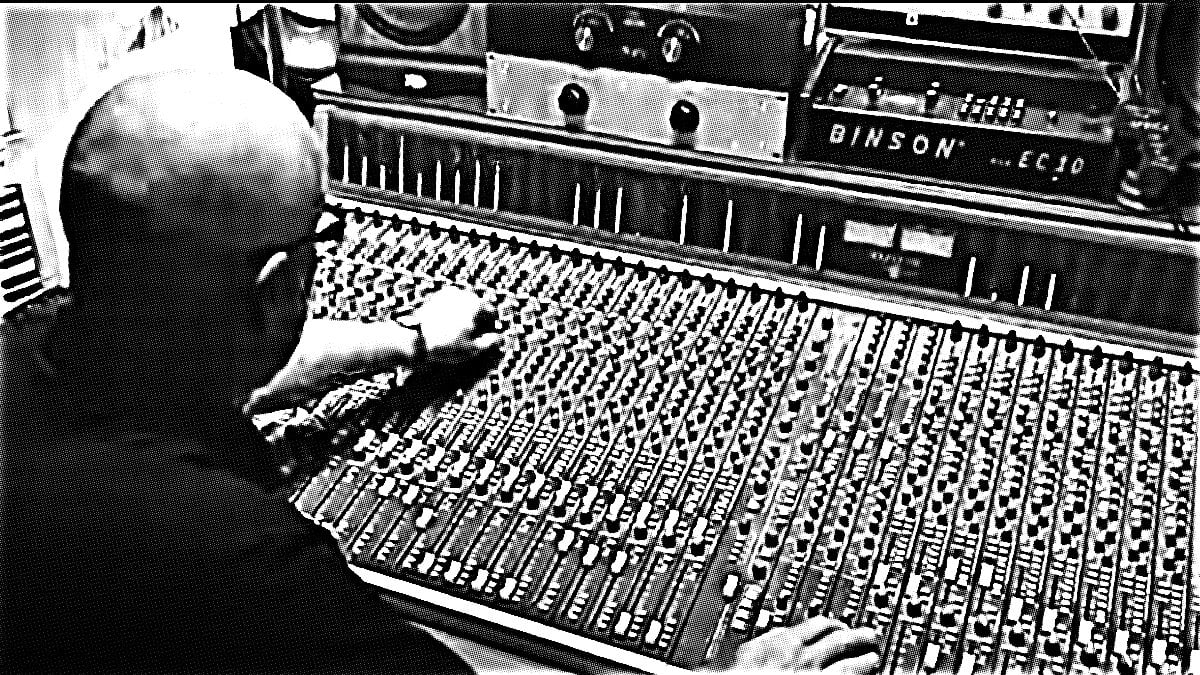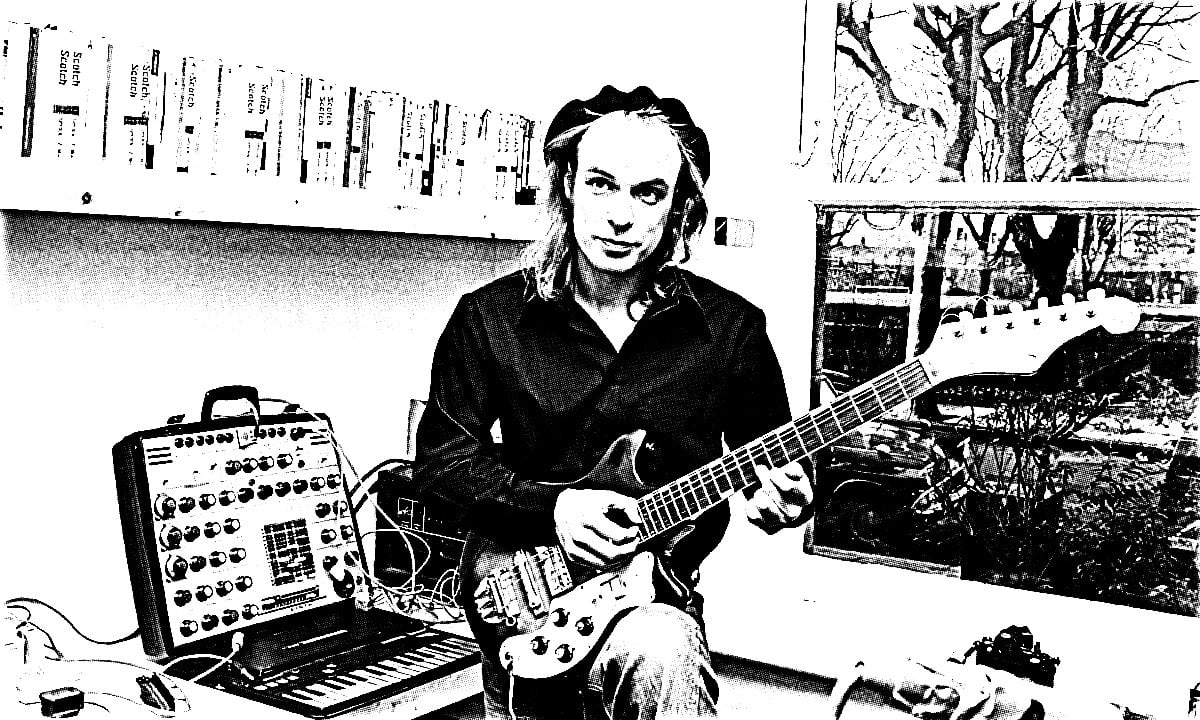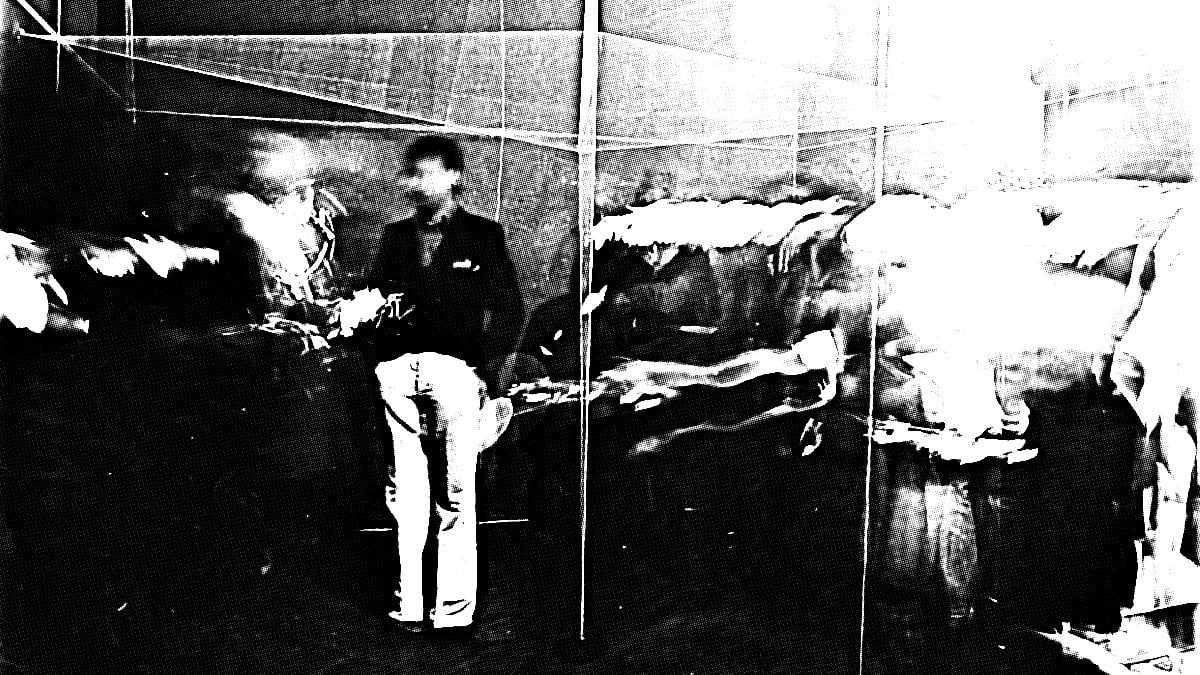
The track that opens SYMBOL’s I Am Humble and Powerful is the title track, and it’s something of an obstacle course. The Rhodes-ish electric piano is pleasant enough, playing freeform lines and chords that eventually resolve on melodic themes. References to Grieg’s “Morning Mood” appear with perhaps an intentionality, but possibly not. These tones are accompanied by jittery, high-speed electronic percussion that wouldn’t be out of place in a video game quest. Together, there’s an odd synergy between the dueling elements, like the mismatched characters of a buddy movie coming to blows but eventually hugging it out. The two seem out of place as a team. And the striking thing is there are over 15 minutes of this curious interplay.
That’s an odd way to open an album, which brought to mind the aforementioned obstacle course. These opening 15 minutes are hardly dissonant or unsavory, but less patient listeners will likely drift away. It could serve as a barrier to the unworthy. Rewards exist for those who hang in there. Because, as a whole, SYMBOL’s album is a bold transmission of sound rendered pristine and sometimes degraded, an imperfect beauty just within reach.
Christopher Royal King is the lead guitarist in ‘cinematic rock ensemble’ This Will Destroy You and the rotating mirror behind SYMBOLS. Christopher is also a graphic artist, working with visuals as a designer and someone whose output occasionally haunts galleries. I’m fascinated by and drawn to musicians who work equally in the visual arts; their music often hides layers, like a finished painting obscures its earliest brushstrokes. And visual art is an appropriate launching point for this album. Like the abstract dichotomy of the challenging first track, the songs on I Am Humble and Powerful evoke both clashing hues and colors that beautifully bleed into each other.
Further tracks jettison the drum shenanigans of the opener, but a rhythm remains in the mix via staccato arpeggiations emanating out of the synth machine. The overall atmosphere is broken and gentle. I’d say we’re listening to some weird music box on its last legs, spurting out its final wabi-sabi notes in a manner that’s strained but glorious. “External Reminder Prompt” lays down this vibe with quick analog-ish chunks that pleasantly wheel around the filter. Watery bubble patterns and what could be distorted Vangelis riffs grab hold of “Emotional Texture Reflection” and calmly let go before things get out of hand. But, to my ears, the grand statement has got to be the operatic swell of “A New Nothing” gliding into the tarnished nursery chimes of “W.I.L.D.” Here, we meet the simplicity of riffage, a repeated motif made unrepetitious with various distortions, filters, and reverby accents. No disrespect meant to the provocative album sequence, but this later tune is something I would joyfully ingest for 15+ minutes.
a solution is obvious
• Antique music box, rare, maybe haunted
• Perfection and Wabi-Sabi in Music
• The Nine Strangest “Buddy Movie” Team-Ups
• Why is Edvard Grieg’s ‘Peer Gynt’ A Staple In Pop Culture?
• Far out: Vangelis on the science and power of music
